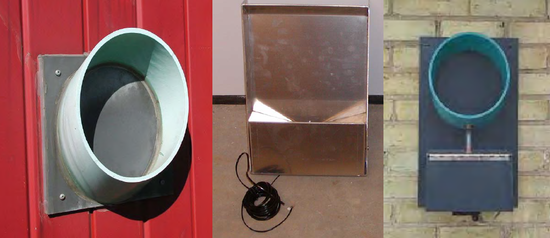Freeze-Thaw Risk: Site Load Assessment
Back to Recommended Freeze-Thaw Risk Assessment Steps
Most of the moisture that masonry walls must deal with comes from wind-driven rain. Unfortunately, the amount of driving rain that a given wall will encounter is difficult to predict with any certainty. Estimates can be made based on a building’s shape and features, local terrain/shielding, and local climate (see BSD-148: Simplified Prediction of Driving Rain on Buildings: ASHRAE 160P and WUFI 4.0). However, conservative assumptions should be used when providing such estimates. Monitoring of rain deposition with driving rain gauges provides more accurate data, and can reveal unexpected effects such as microclimate wind patterns or small surface features affecting runoff. By replacing estimates with data, site load assessment can provide a higher degree of certainty with fewer conservative assumptions. The end result is a more useful and reliable picture of risk.
Next Steps
- Use data about environmental conditions to assess the predicted rain load relative to Scrit. Go to: Hygrothermal Modeling.
- If a higher degree of certainty is needed, for example in the case of highly significant historical buildings, consider prototype monitoring. Go to: Prototype Monitoring.

